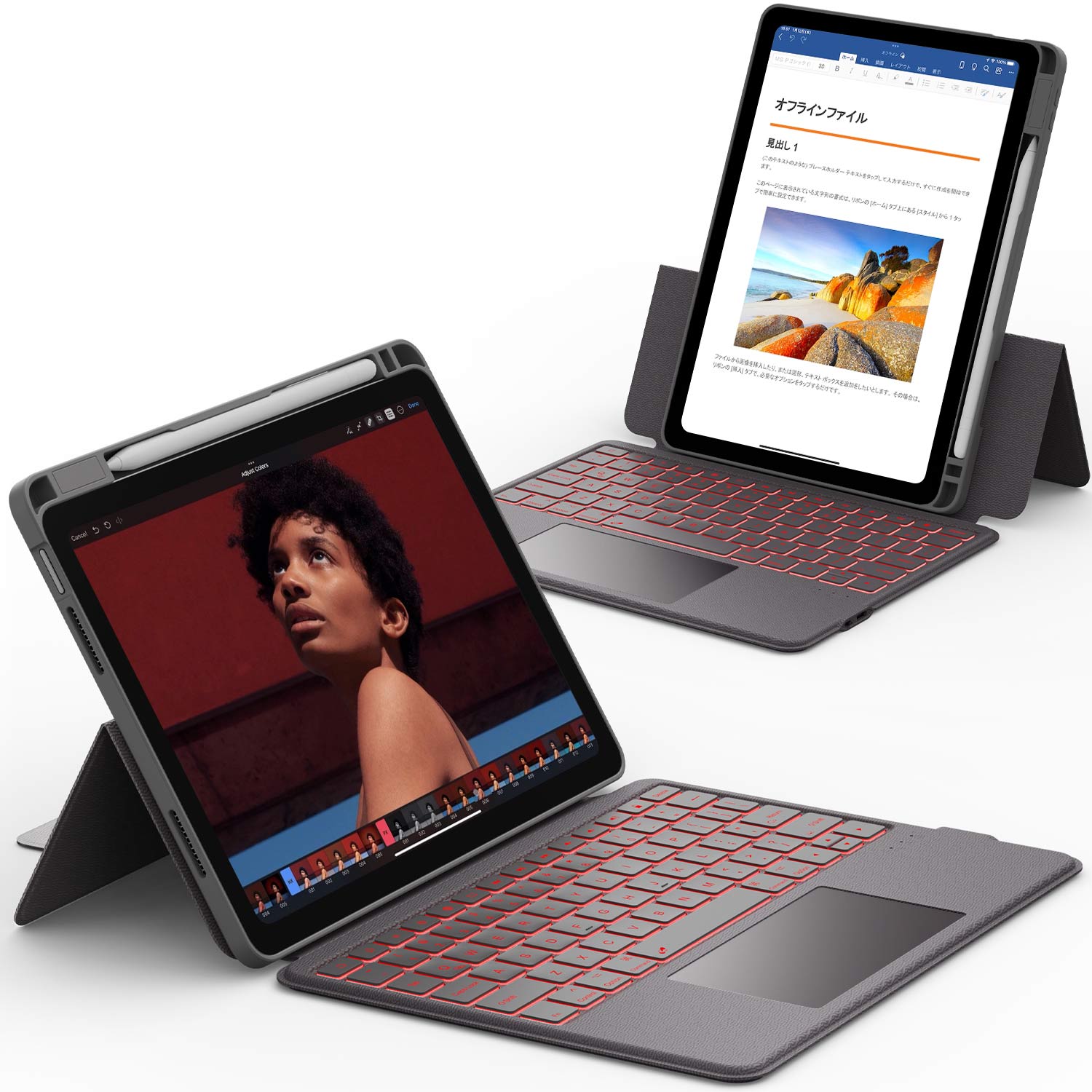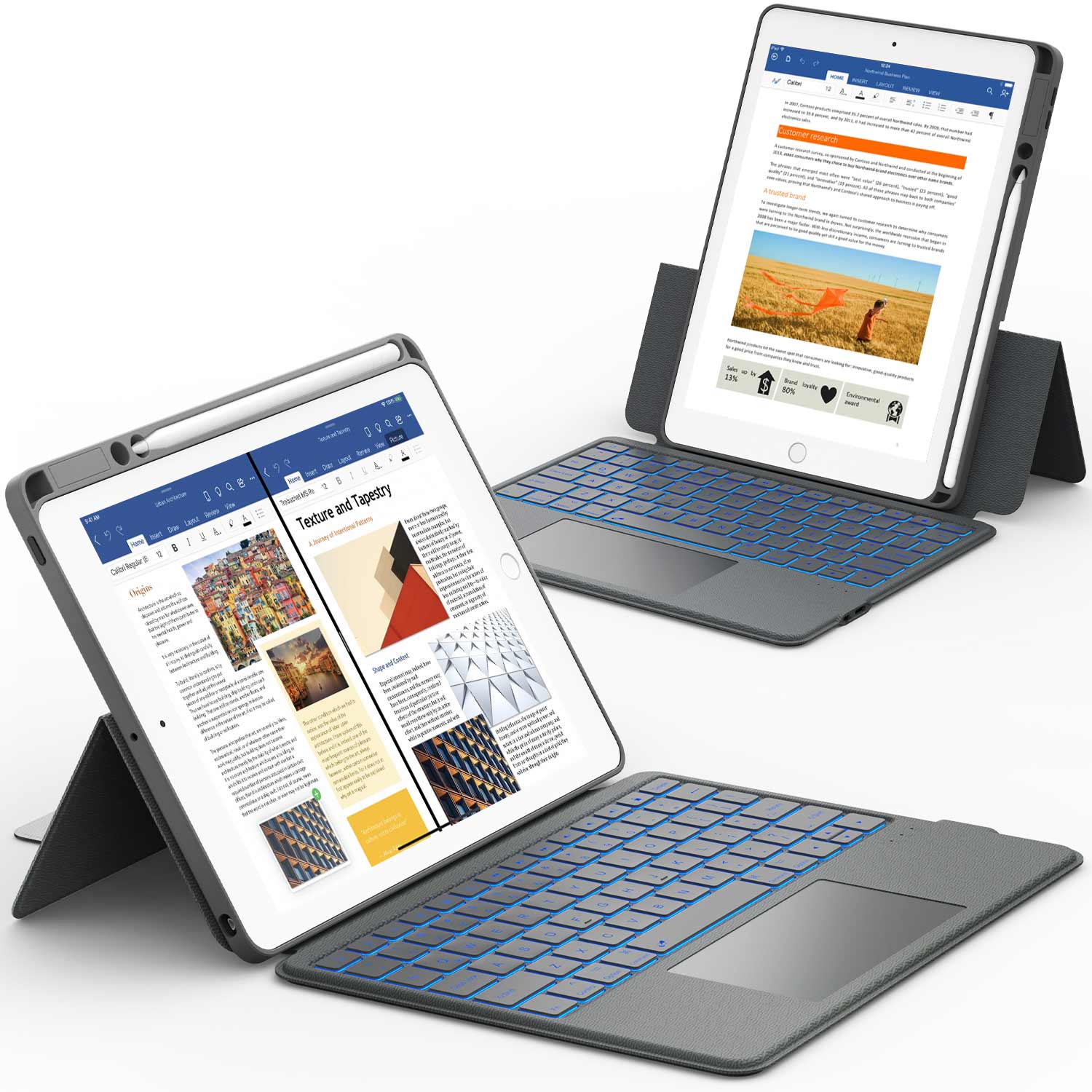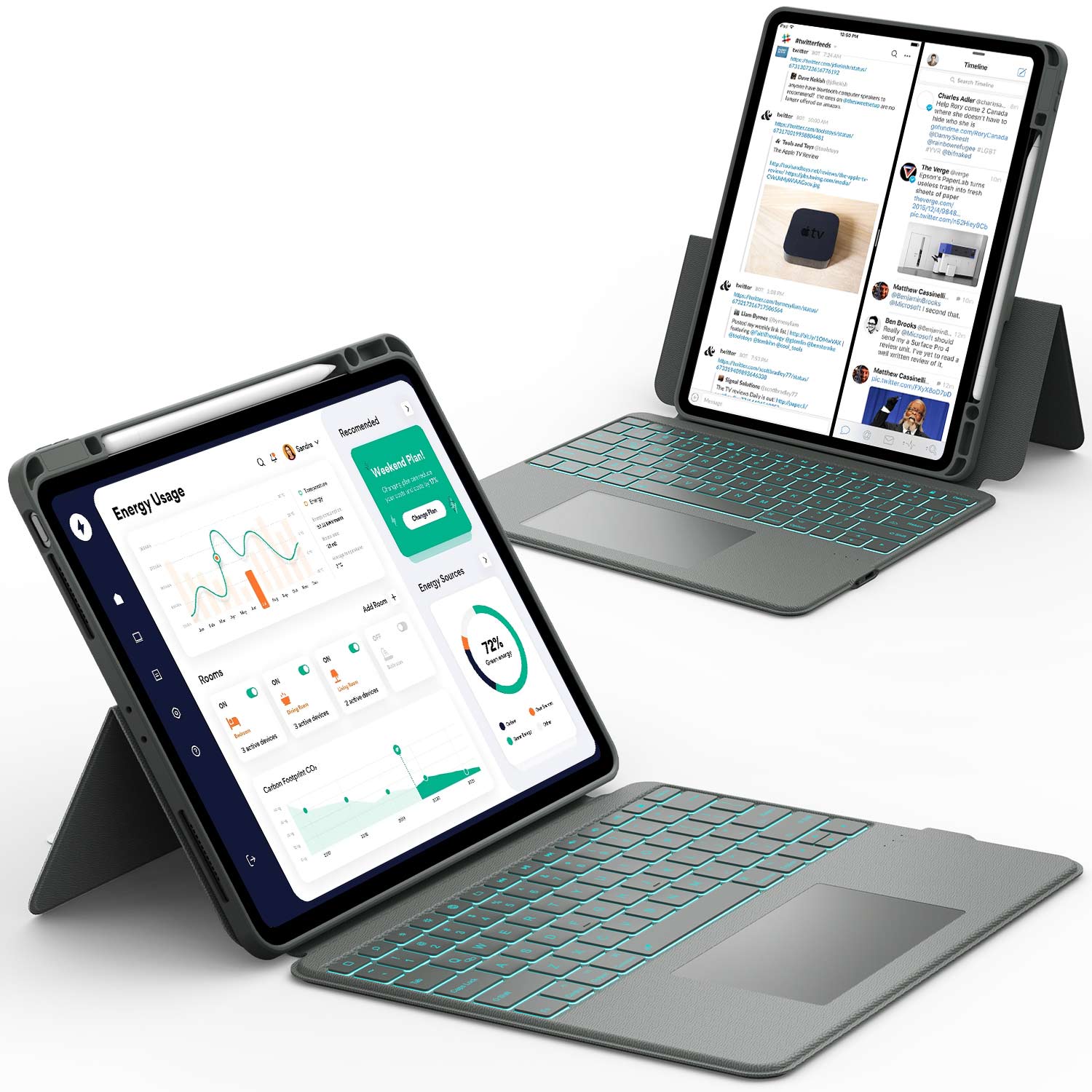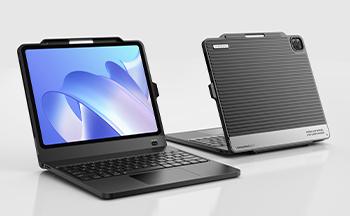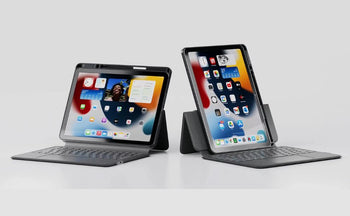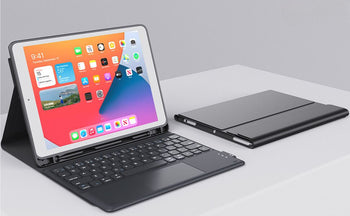If you want to know how to record screen on Mac, you’re in the right place! Learning how to record your screen on a Mac is useful for everything from making tutorials and saving video calls to capturing gameplay or funny moments
The best part? Your Mac has built-in tools that let you record the whole screen or just a section—no extra software needed. We’ll show you the quickest ways to record, add audio, and find your saved videos.
Plus, you’ll learn how to edit, share, and fix common issues. Ready to become a screen recording pro? Keep reading.
How to Record Screen on Mac: Easy Step-by-Step Guide
You can easily record your Mac’s screen using either the built-in QuickTime Player or the Screenshot toolbar (press Command + Shift + 5 to open it).
With QuickTime, you can choose to capture your whole screen or just a specific area, and you have the option to include audio.
The Screenshot toolbar offers similar features, letting you pick what to record and customize your settings for the perfect screen capture.
Quick Ways To Record Your Screen On Mac
The Screenshot toolbar is the fastest way for most people. Hit Command + Shift + 5 to open it (macOS Mojave or later).
Decide if you want the whole screen or just a part, click your choice, then hit "Record." To stop, just tap the Stop icon up in the menu bar.
Your Mac saves recordings to the desktop by default. They’re easy to find—no hunting around in weird folders.
QuickTime Player works too. Open it, go to File > New Screen Recording, tweak your settings, and pick the area you want. This method works on almost any Mac desktop or MacBook.
How To Record Screen On Mac With Audio
If you want to capture your voice or other sounds, check your settings before you hit record. In the Screenshot toolbar, click "Options" and pick a microphone under "Microphone."
That’ll record your voice along with the video. For internal audio (like system sound), you’ll need tools like Loopback or Soundflower, since macOS doesn’t do this out of the box.
QuickTime Player lets you pick "Internal Microphone" for voice recording. Set your input device before recording—otherwise, you might end up with a silent video.
It’s smart to test your audio settings before doing the real recording. That way you don’t have to redo everything if something’s off.
Where To Find, Edit, And Share Your Mac Screen Recordings
Mac saves your screen recordings to the desktop as .mov files by default. If you use the Screenshot utility, you can change where they go by picking a folder under Options.
To edit, just double-click your recording and use QuickTime Player’s simple tools. You can trim, split, or rearrange clips, though it’s a bit basic.
If you want more features, apps like iMovie or ScreenFlow offer extra editing power. For sharing, right-click your video and pick Share—AirDrop, Mail, Messages, cloud, you name it.
You can also drag and drop your video into other apps for more editing or sharing options.
Troubleshooting Common Screen Recording Issues On Mac
If you can’t start a recording, check your Mac’s storage. Free up space if you’re running low.
Make sure your macOS is up to date—some features don’t work on older systems. If permissions are the problem, go to System Preferences > Security & Privacy > Privacy and allow QuickTime or Screenshot to record your screen.
Audio not being recorded? Double-check that you picked the right microphone or input and that it’s not muted. If your recording stops out of nowhere, close unused apps to free up memory.
Top Tips For Better Screen Recordings On Mac
- Set up your screen first. Close extra windows and pause notifications for a cleaner look.
- Use “Show Mouse Clicks”. Enable this in Screenshot or QuickTime to highlight your clicks. It helps viewers follow along.
- Pick the right area. Only record what you need—full screen or just a part.
- Edit your video. Trim the start and end, or add simple notes using QuickTime or iMovie.
- Check audio levels. Do a quick test to make sure your mic and any internal audio come through clearly.
Screenshot and QuickTime make it easy to record, edit, and share solid screen recordings right from your Mac. If you want more, third-party apps like ScreenFlow have extra editing and recording features.
Want your devices to always work their best? Discover easy ways to protect your iPad from heat. Check out our article on How to Keep iPads Cool: Simple Tricks to Prevent Overheating.
Final Thoughts
Recording your screen on a Mac is simple once you know the steps. With built-in tools like the Screenshot Toolbar and QuickTime Player, you can capture anything you need in just a few clicks. Adding audio, editing, and sharing your recordings is just as easy.
Now you’re ready to record your screen on Mac like a pro! Whether you’re making tutorials, saving memories, or helping a friend, these tips will make the process fast and stress-free. Try it out today and see how easy it is to capture your Mac’s screen!
Having trouble with your iPad? Don’t worry—there’s a quick fix. See how to get your device working again with iPad Recovery Mode: How To Fix Your Device in a Few Steps.
Frequently Asked Questions
How do I record video with sound on my Mac?
Use the Screenshot toolbar (Command + Shift + 5) to record video with audio. Pick your screen area, then click "Options" and select your microphone to capture your voice.
If you prefer QuickTime Player, open it, go to "File" > "New Screen Recording," and choose your mic input before you start. That way, you’ll get both your screen and your voice in one go.
How do I record my Mac screen without QuickTime?
The Screenshot toolbar (Command + Shift + 5) works without QuickTime. Just use it for screen recordings.
You can also try third-party apps like Loom or OBS Studio. They offer things like annotation and, sometimes, internal audio capture.
Loom’s free tier is popular for quick tutorials. OBS Studio works well for longer videos or even live streaming.
How do I record my Mac screen with system audio?
The built-in tools don’t record internal audio by default. To get system sound, use something like OBS Studio with an audio routing tool (BlackHole or Loopback).
Set up the audio tool to grab your Mac’s sounds, then select it as your audio source in OBS before recording. This works well for gameplay or video calls.
How can I record my screen?
Press Command + Shift + 5 to open the Screenshot toolbar. Choose to record the whole screen or just a section.
Click “Record” to start. When you’re done, hit the stop icon in the menu bar or press Command + Control + Esc.
Your recording lands on your Desktop by default.
How do I record audio easily on my Mac?
Open QuickTime Player, go to "File" and pick "New Audio Recording." Choose your mic, then hit the red record button.
If you want more features, apps like Audacity give you extra options. You can record from your built-in mic, an external one, or even combine several audio sources.
How do you take a screenshot on a Mac?
Press Command + Shift + 4 if you want to grab just a part of your screen.
Or hit Command + Shift + 3 to snap the whole screen at once.
If you're after more options, try Command + Shift + 5. That combo pops up the Screenshot toolbar, letting you grab still images or even record your screen.
Your Mac saves screenshots to the Desktop by default, unless you tweak the settings to send them somewhere else.
